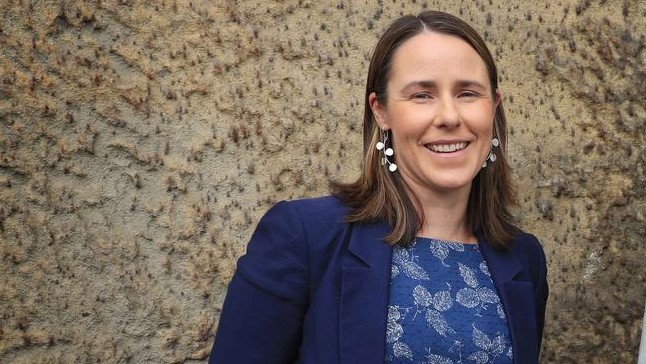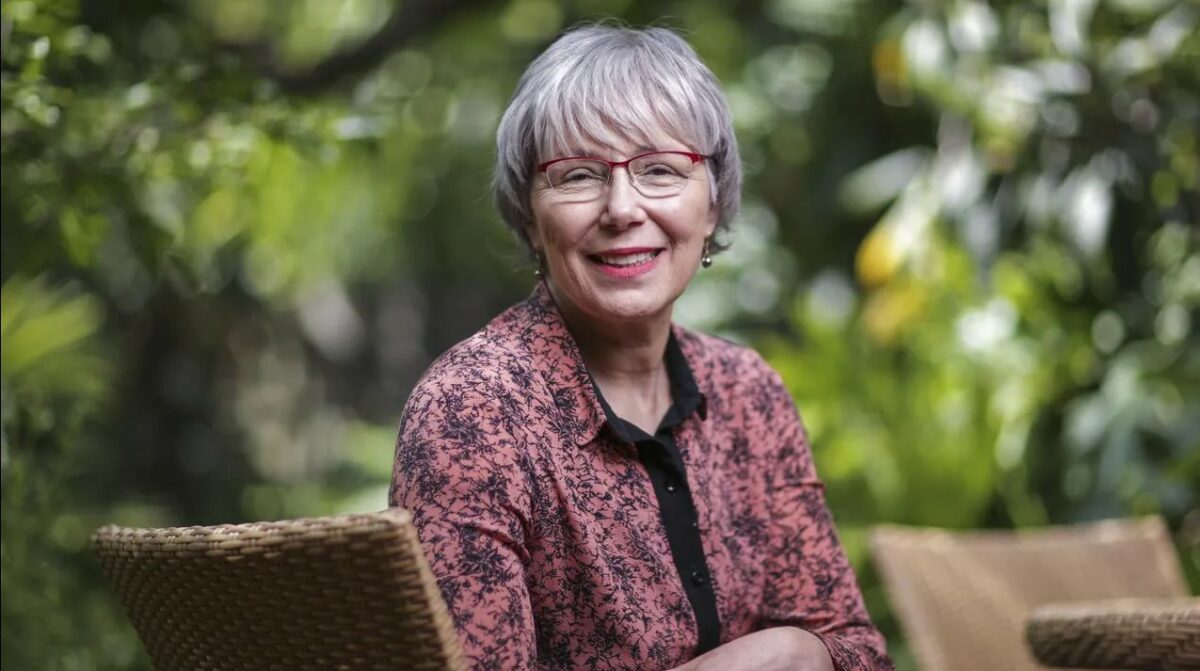Submission to Government
The Emissions Reduction Fund (ERF) incentivises Australian businesses to cut the amount of greenhouse gases they create and to undertake activities that store carbon. Methodology determinations (methods) set out the rules that ERF projects must meet and the rules for estimating emissions reductions.
The King Review recommended that the Australian Government establish a process to allow third parties to propose new ERF methods. In line with these recommendations, the Department of Industry, Science, Energy and Resources (DISER) is seeking third party proposals for activities that could either be developed into an ERF method; or be incorporated into existing methods.
This document represents a summary of carbon industry views, provided as a response to DISER’s request for feedback on ERF method development priorities for 2022. It proposes options to create new methods, expand existing methods, and other complementary policies and opportunities to consider – specifically those key opportunities that have received widespread support from across the carbon industry.
These views have been synthesised by the Carbon Market Institute, informed by deep engagement with both its members, and non-member organisations, which include federal government departments and agencies, state governments, agricultural producers and their representative bodies, resources companies (including liable entities), financial institutions, carbon service providers, technology companies, research institutes, NRM and conservation organisations, Traditional Custodians and pastoralists.
The below collection of industry views, discusses specifically:
- a new method-ready ‘Active Land Management & Agricultural Production’ (AL-MAP) method blueprint’, which builds on existing land sector methodologies and enables multiple land management activities known to sequester carbon in or avoid emissions from vegetation and soil to be implemented under a single method;
- expansion to the existing Blue Carbon (marine ecosystems) method currently under development, to include currently ineligible activities, and to create new approaches to Teal Carbon (freshwater ecosystems);
- expansion to Savanna Fire Method activities, fixing current drafting and administrative issues including technical guidance; inclusion of currently ineligible vegetation types; as well as new carbon pools;
- new opportunities to further engage in the research and development of abatement activities that reduce emissions through the use of feed additives to reduce enteric methane emissions from livestock, as well as other opportunities in biochar and fertiliser substitution; and
- a discussion of other policy mechanisms that should be preferenced of the ERF to drive rapid decarbonisation from emissions-intensive industry and transport sectors required to remain aligned with the 1.5°C degree goals of the Paris Agreement.
The below submission canvasses these opportunities, and the submission’s appendix AL-MAP Method Blueprint is provided separately to allow deeper engagement with this critical opportunity.



